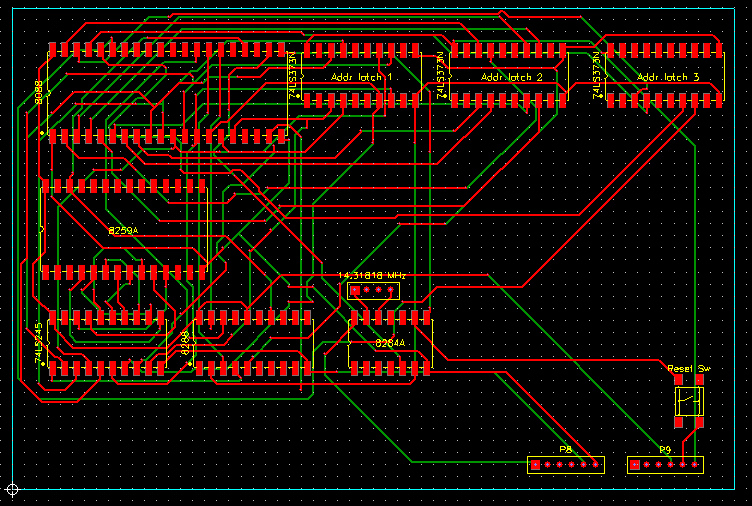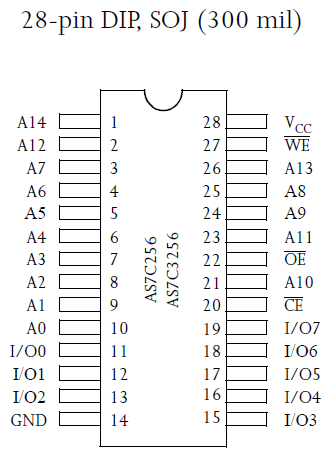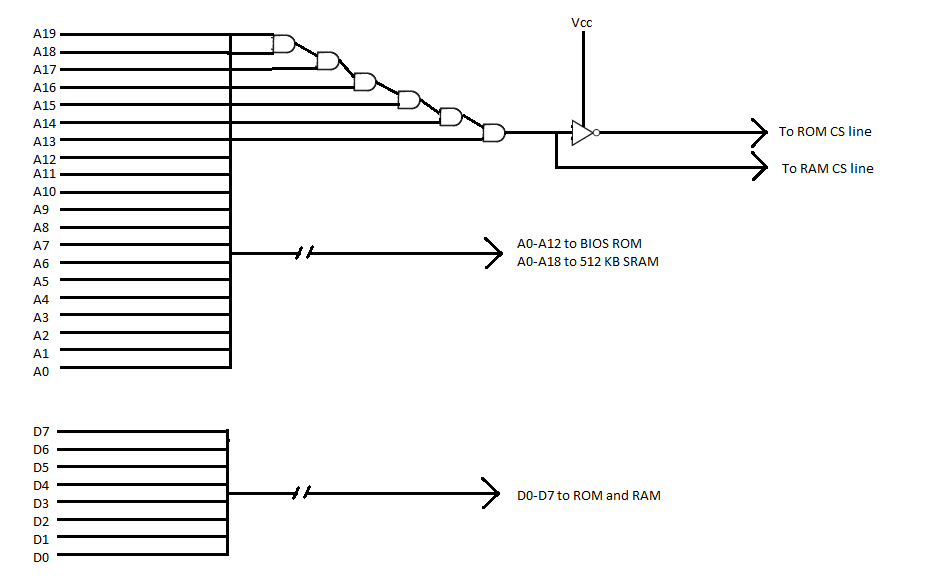Mike Chambers
Veteran Member
- Joined
- Sep 2, 2006
- Messages
- 2,621
i've been getting interested in the actual design of an 8088 PC-like motherboard, and i've been toying around with schematics and connections and reading data sheets. i'm wondering something though. the DIR pin on the 74LS245 bus transceiver. this connects directly to the DT/R pinout on the 8284A bus controller, correct? which side on of 74LS245 should the 8088's data pins be connected to, bus A side or bus B side?
maybe i'm not understanding this right at all? pretty new to this sort of thing. so far i've come up with this...... sorry it's not very easily decipherable:

if i'm way off base with the whole thing and i should give up, tell me now lol.
maybe i'm not understanding this right at all? pretty new to this sort of thing. so far i've come up with this...... sorry it's not very easily decipherable:

if i'm way off base with the whole thing and i should give up, tell me now lol.
Last edited:


